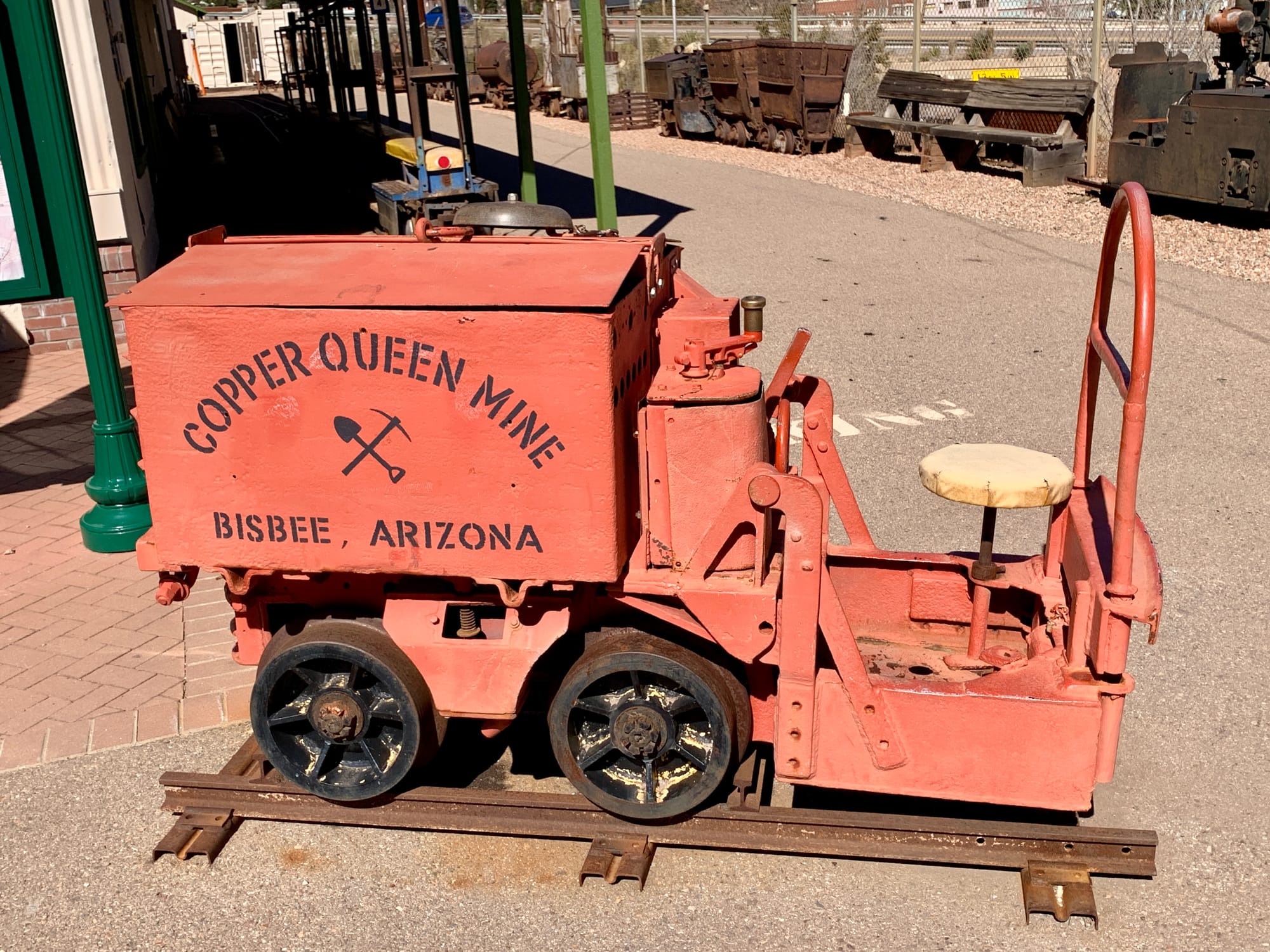
As we departed Bisbee, we toured a mine and a cave. One I can show you, one I cannot.

What I want to show you is the Kartchner Caverns, but I can't because no photography is allowed. More on that in a moment.
As a substitute, I'm posting a few photos from a mine tour we took in Bisbee.
The Copper Queen mine closed in 1975 when the cost of extracting the remaining ore exceeded its value. Despite its name, the mine produced silver and several other products besides copper.
The tour was made more interesting because our guide, Neil, had worked in the mine when it was open. His knowledge of the procedures, responsibilities, and dangers involved in day-to-day mining made the experience more than an amusement park ride.
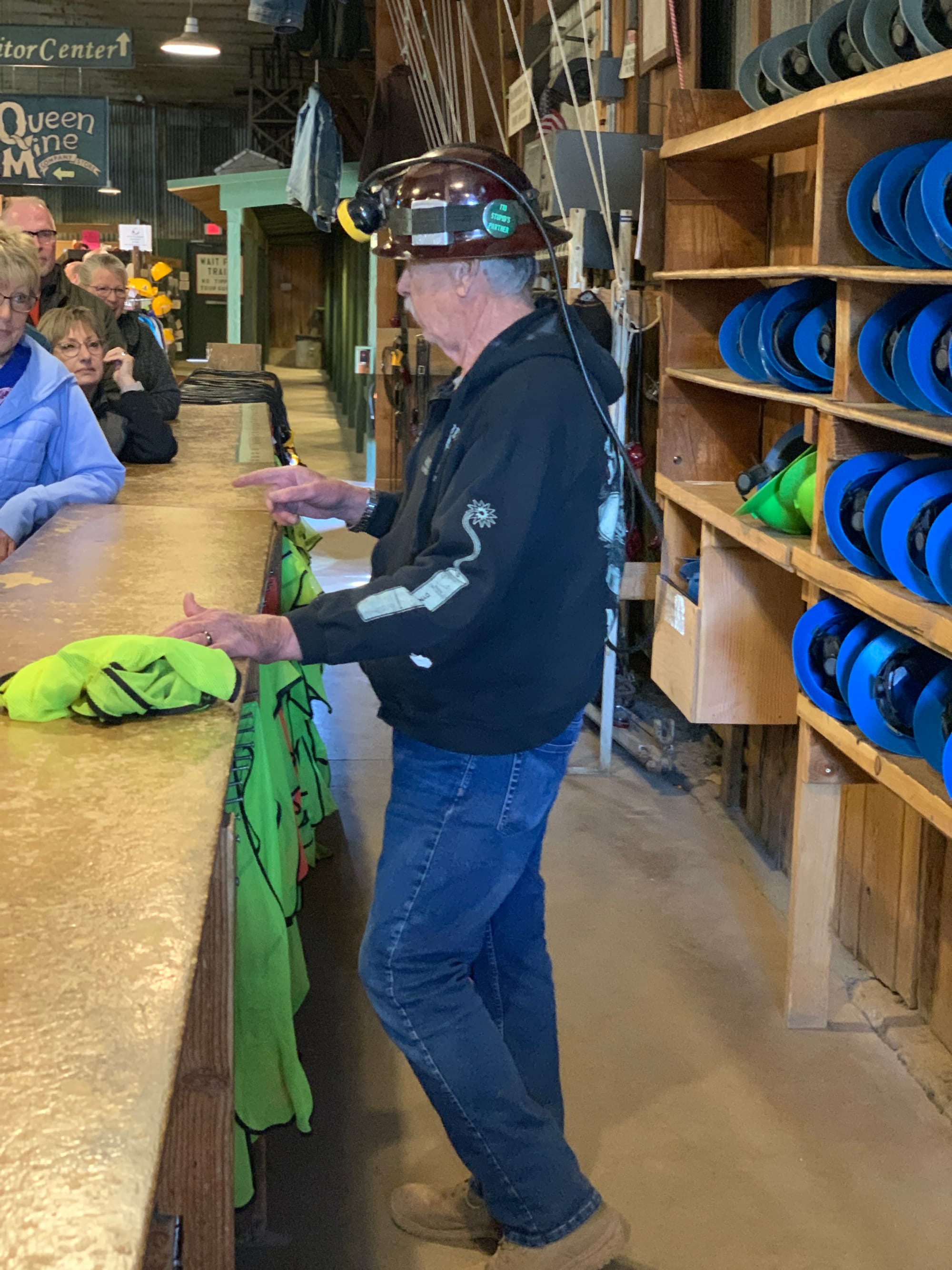
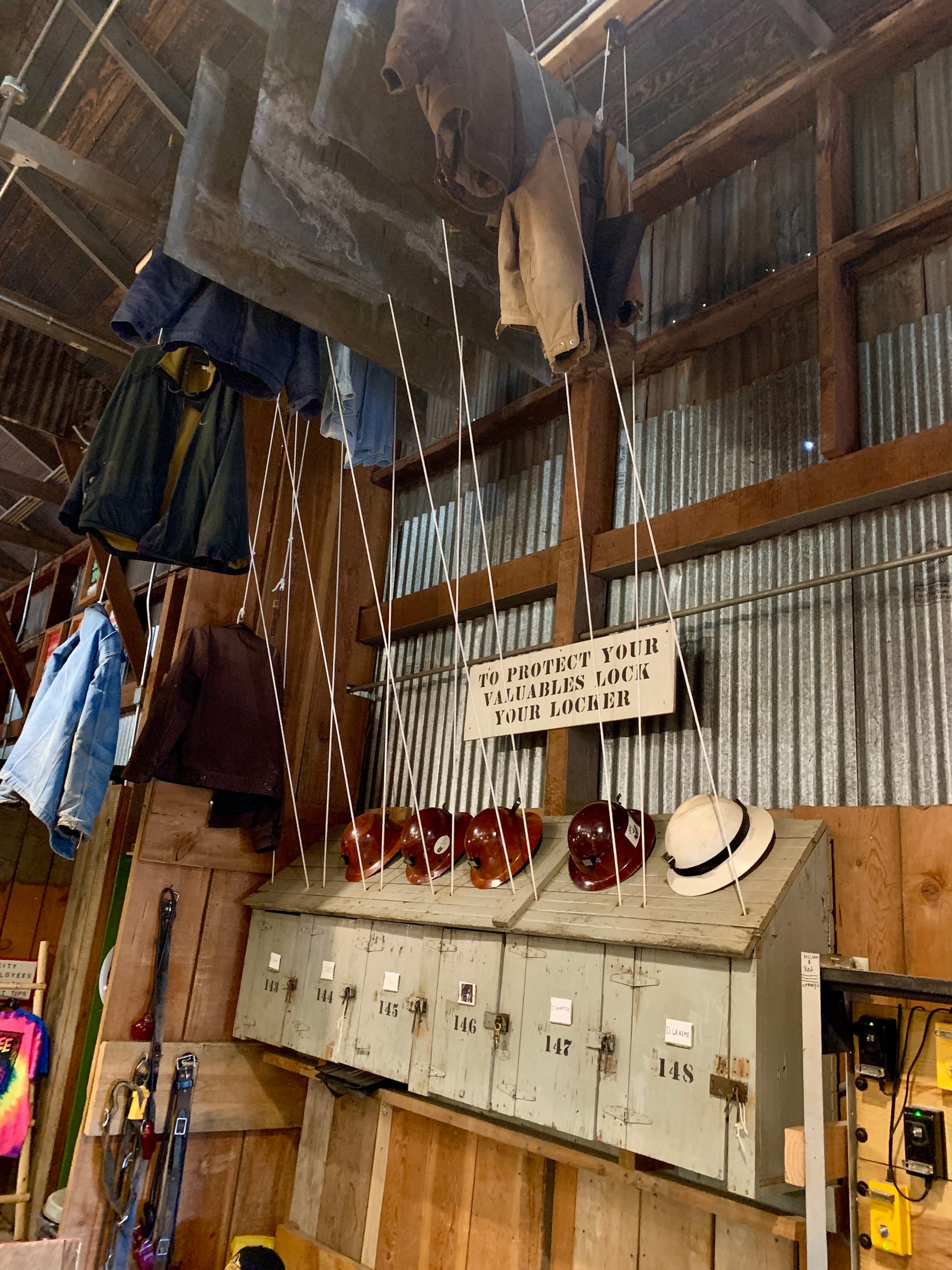
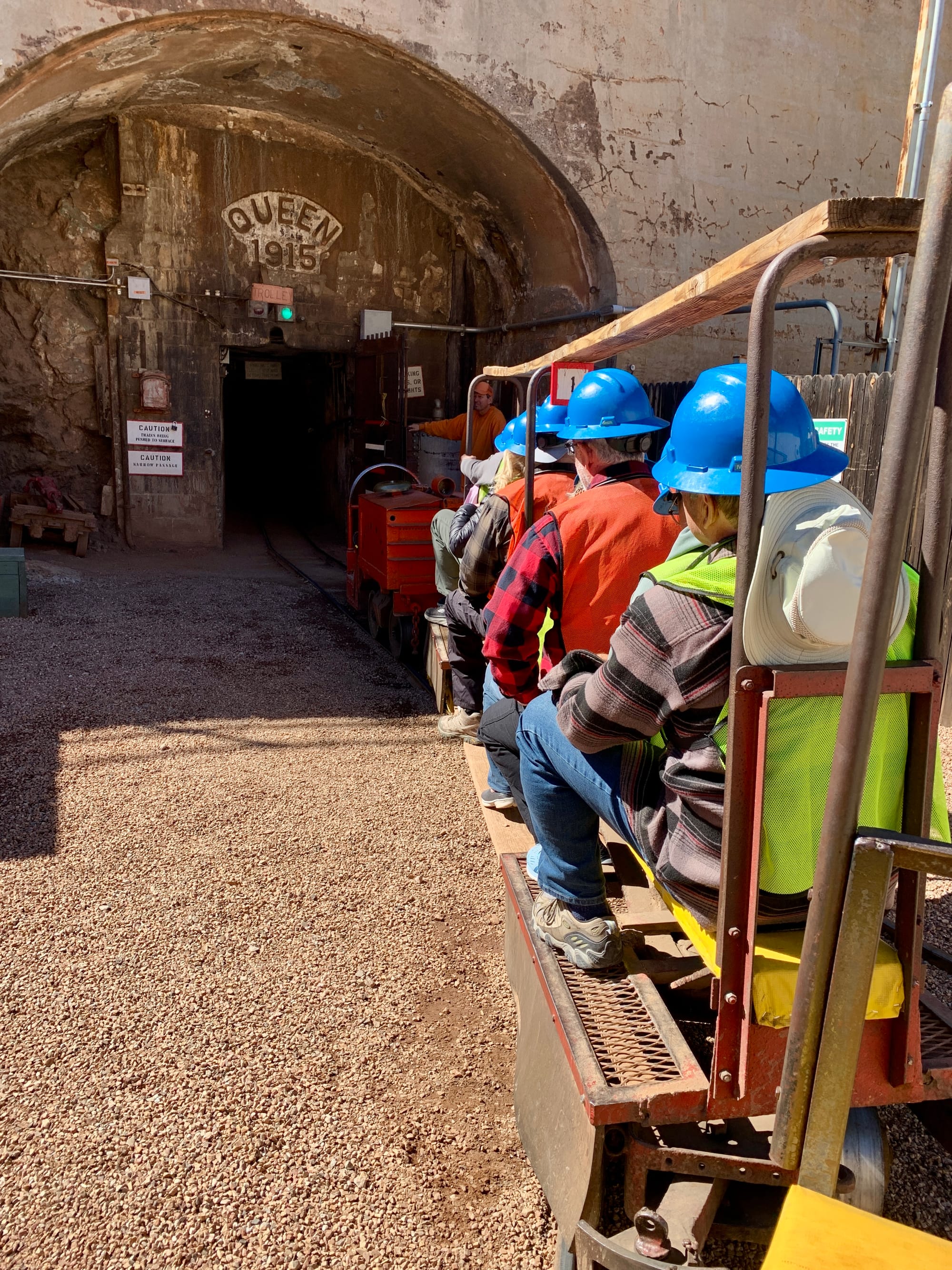
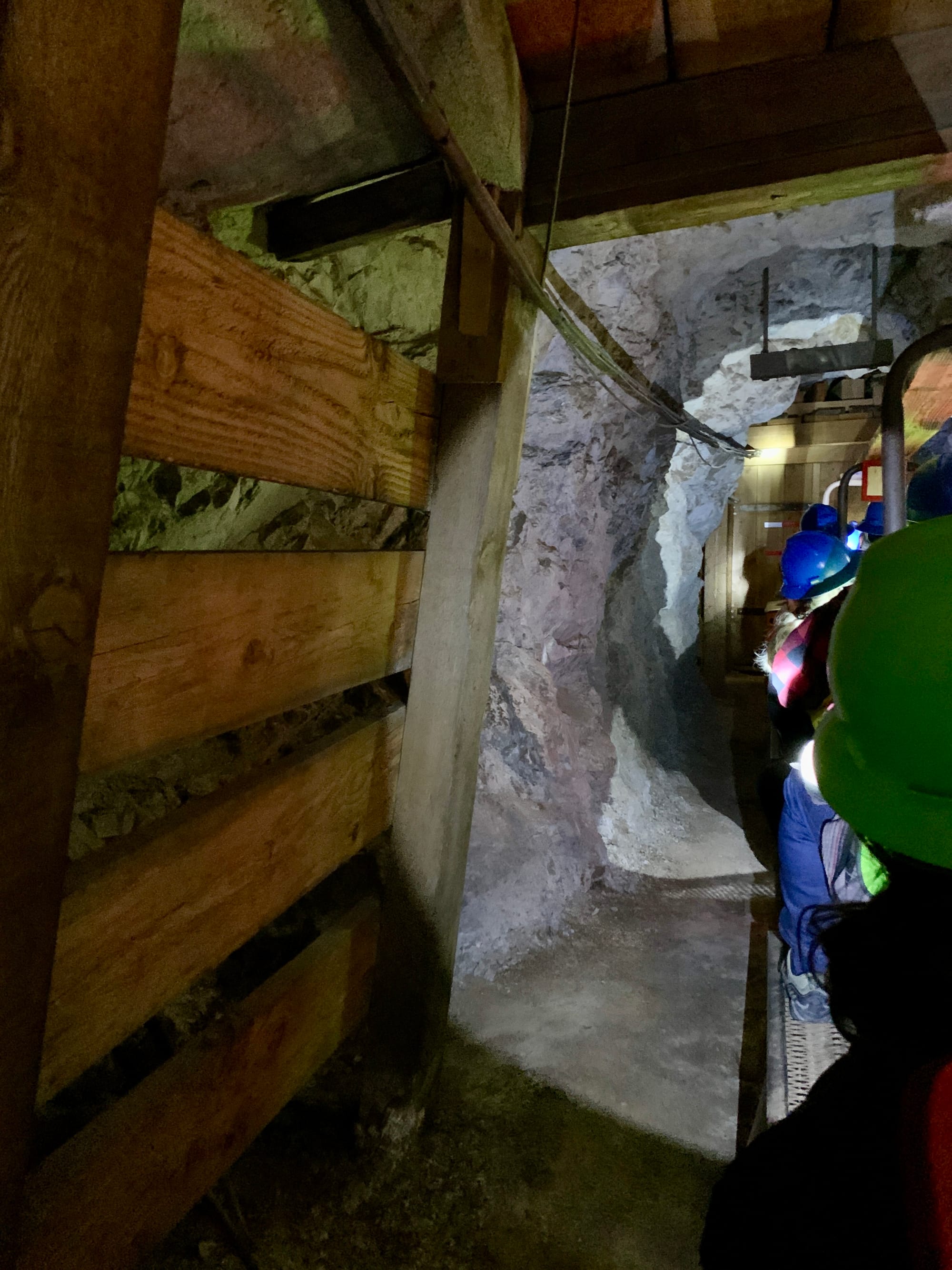


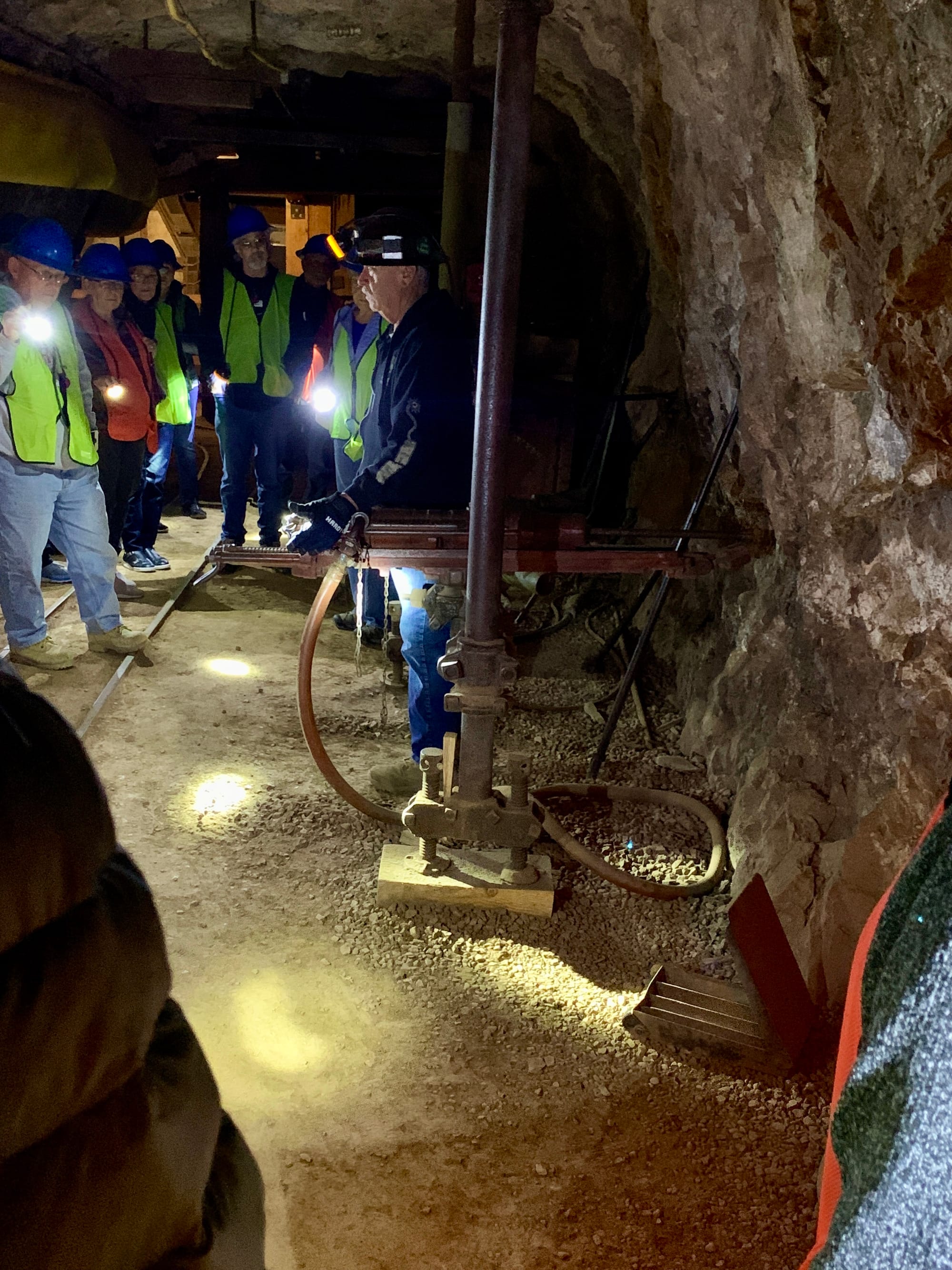
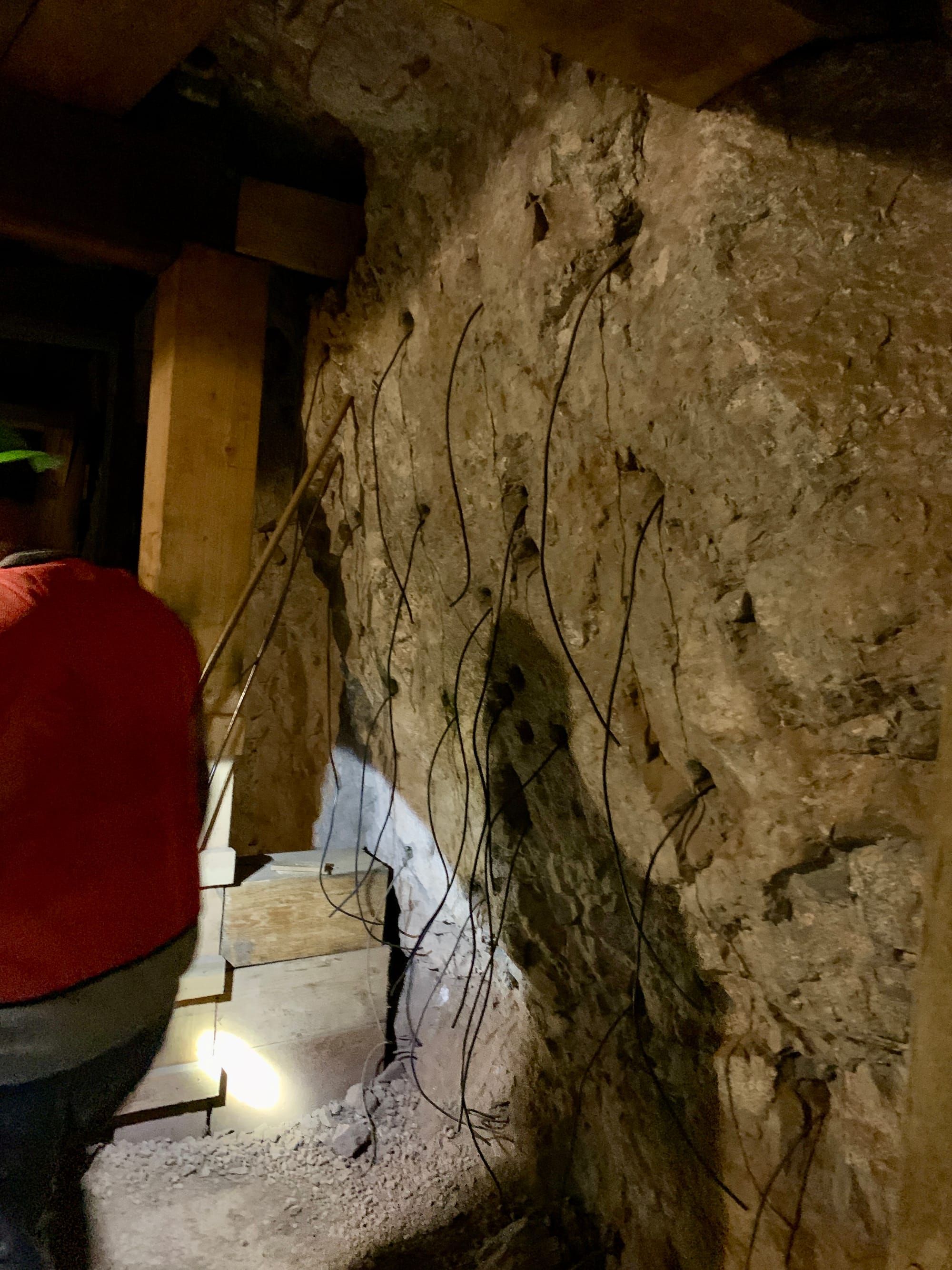
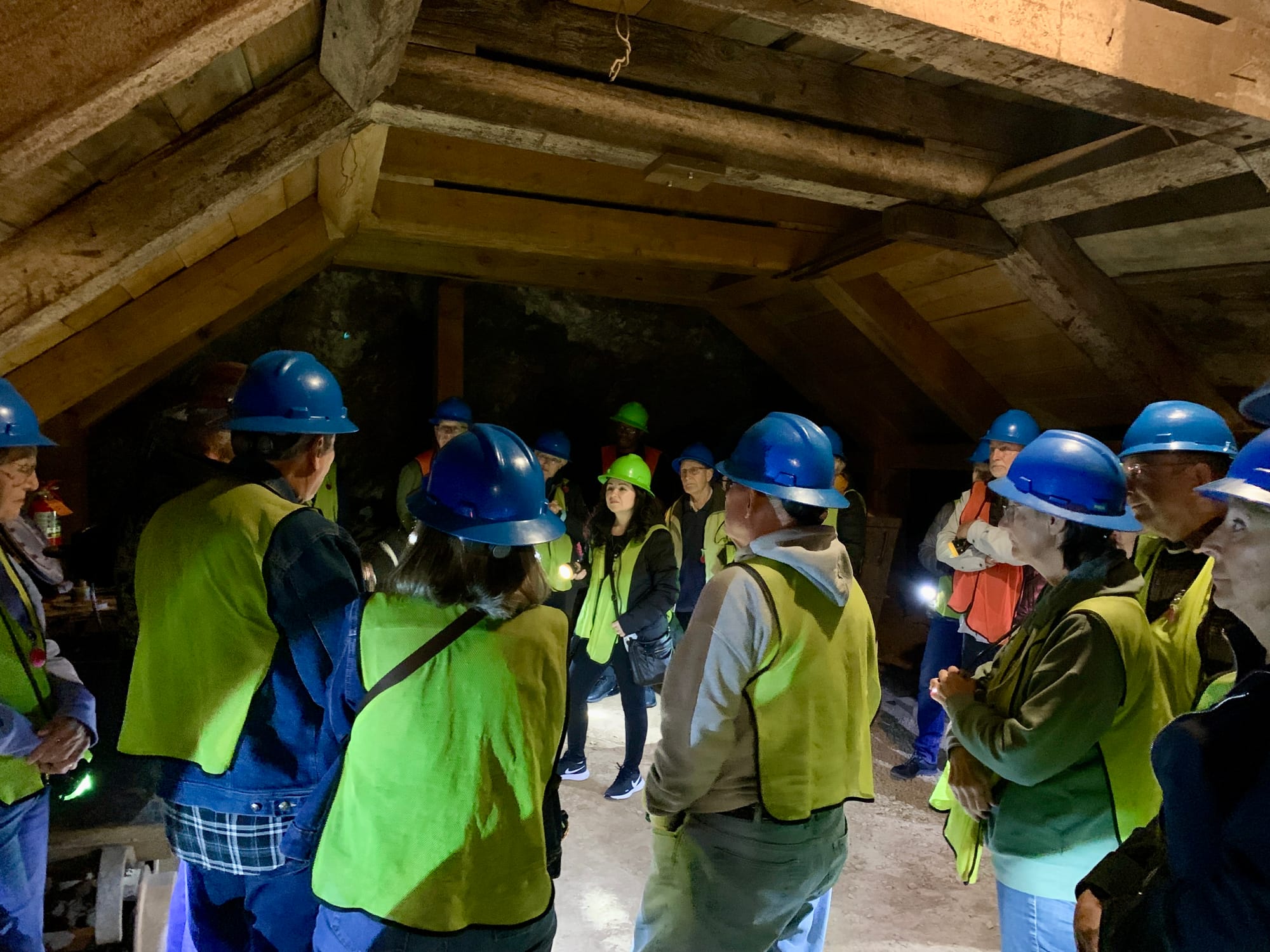
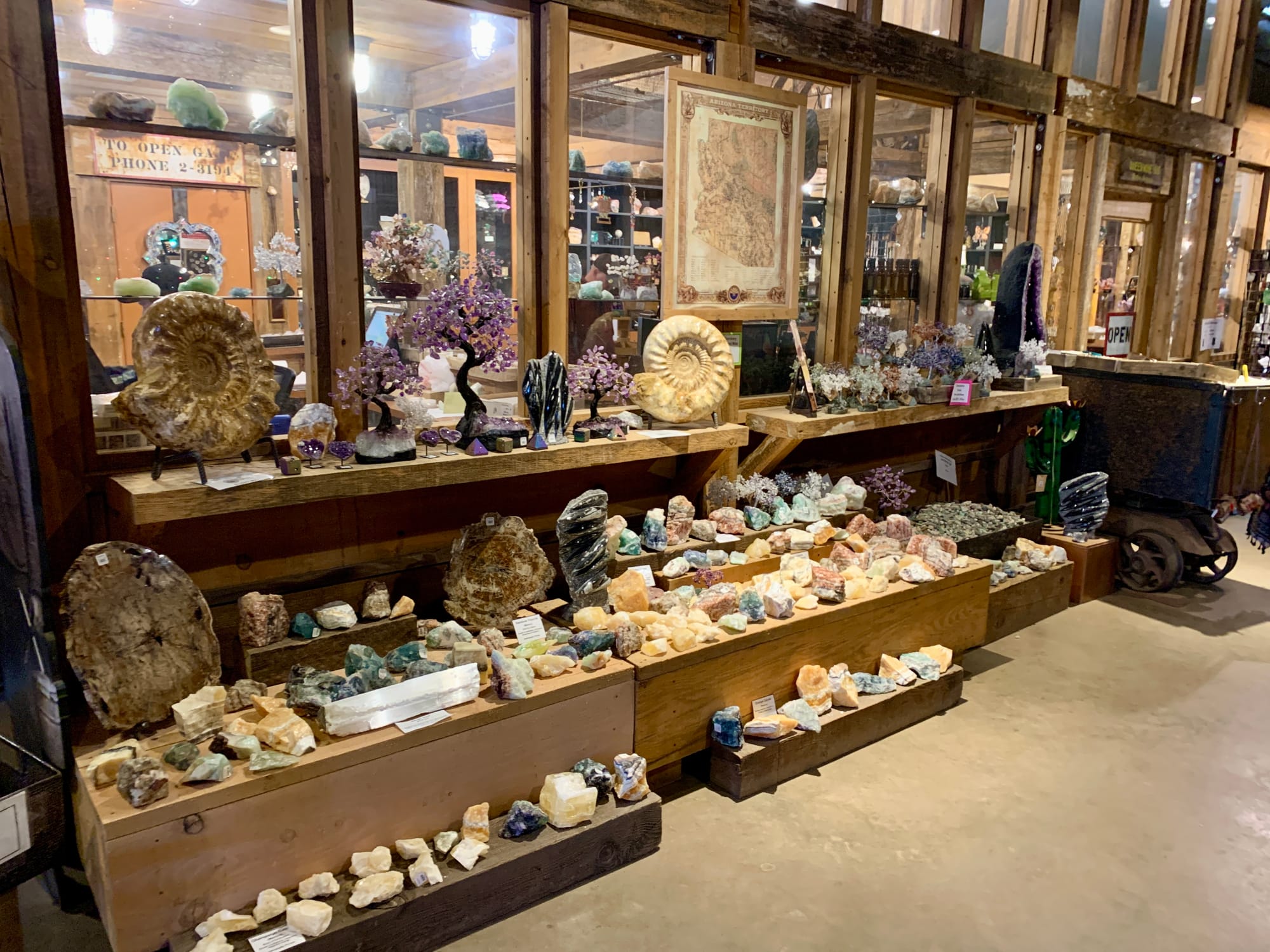
Now, a few words about something you absolutely have to see if you're in the area: Kartchner Caverns.
I won't repeat the whole story, because you can easily find it told better and more completely elsewhere. The important thing to know is that the caverns were discovered in 1974 by Gary Tenen and Randy Tufts. These two experienced cavers kept their discovery secret from almost everyone until a plan could be put into place to ensure that the caverns could be visited without changing them. This took over twenty years.
Most caves and caverns open to tourists are either fairly uninteresting or were discovered back when exploitation was the norm. Found a cave? Put a restaurant in it. Add colored lights, maybe some music. Blast out some passages to make it easier for the paying customers.
Unless you are on one of the very limited "special" tours, you will experience Kartchner without a camera, phone, purse, backpack, or clothing likely to shed lint. Yes, lint. You will see fragile structures that have been growing quietly in the dark for tens of thousands of years that could be destroyed by slight changes to the ambient chemistry. If you happen to touch a rock during your tour, it will be marked for cleaning that night.
Your tour will be at 71 degrees Fahrenheit with 98 percent humidity. You will cross four airlocks before you reach the things you came to see.
Most important: moisture. A dry cave is a dead cave. Kartchner is dripping wet. You will pass through a fine water spray upon entry to dampen any stray fibers or hairs.
If you think I sound excited about Kartchner Caverns, then you've been paying attention. Short of discovering a cave yourself, you are not likely to experience one the way you can here.
Benson, Arizona is not on the tourist trail. But if you're in the Tucson area, or perhaps Phoenix, do not miss this exceptional place.